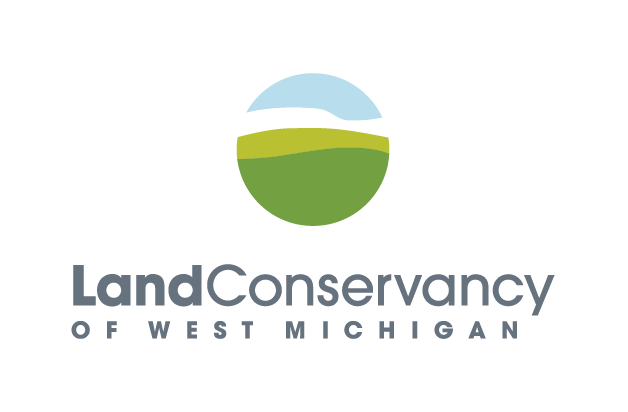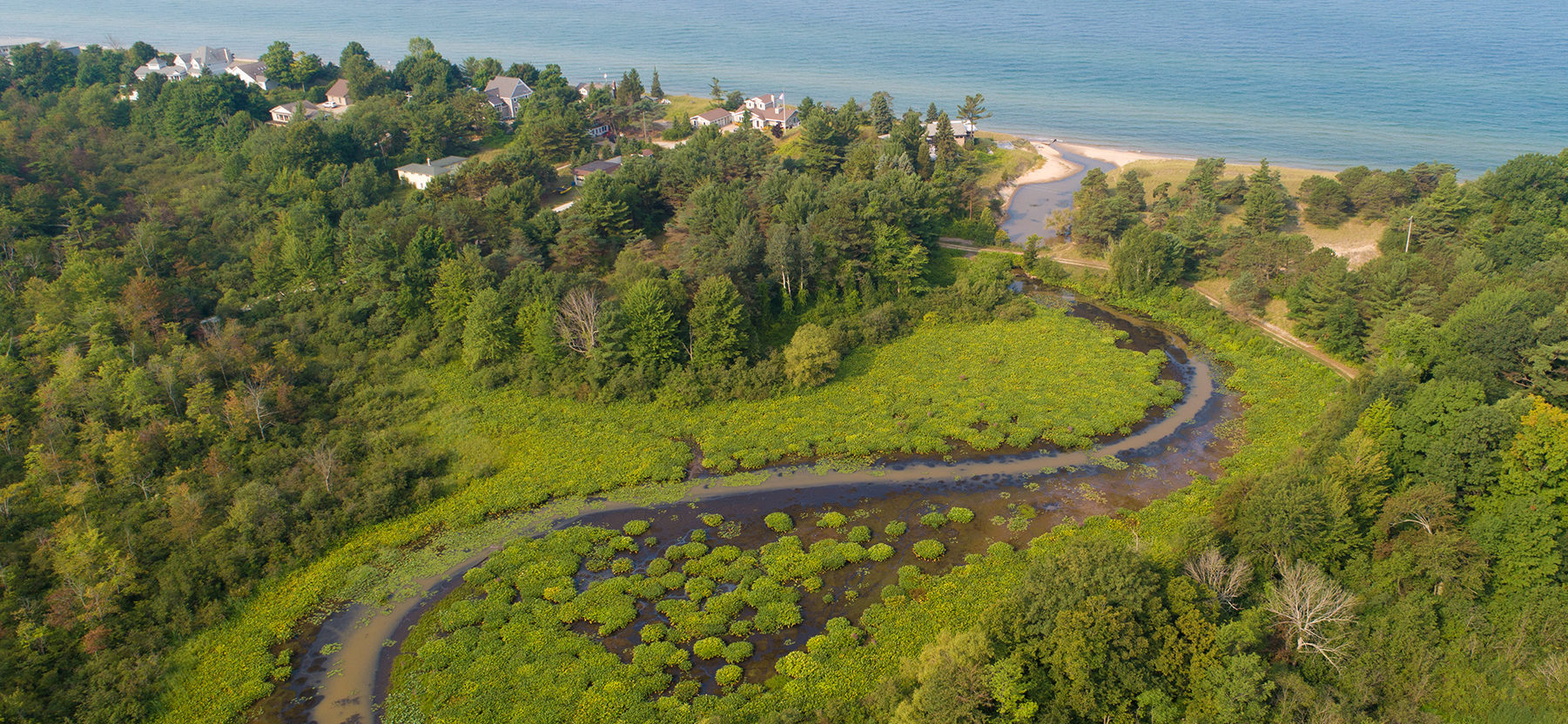Lake Michigan Shoreline
Photos of the towering dunes on Lake Michigan’s eastern shoreline elicit expressions of disbelief from those who have never before witnessed their grandeur: “That’s in Michigan?!”
Yes, and this globally rare ecosystem is home to plants and wildlife that are just as special as its impressive views.
From shoreline to backdune forest, this unique succession of habitats hosts a biodiverse cast of characters. Piping plover, an endangered shorebird, nests on Lake Michigan’s shores. Rare plants like the federally threatened Pitcher’s thistle thrive on just the right amount of disturbance provided by the dunes’ shifting sands. Migratory birds and butterflies who coast on the winds over Lake Michigan depend on the calm resting places they find in the region’s interdunal wetlands and backdune forests.
The scenic beauty of this region is an asset that also puts it at risk. Invasive species carried by vacationers, animals and lake currents crowd out native ones and alter the landscape. Rows of waterfront cottages stabilize the dunes and snuff out plants that depend on their movement. And the high demand for shoreline land means that much of it has already been developed, leaving the little that’s left to protect with a very high price tag.











